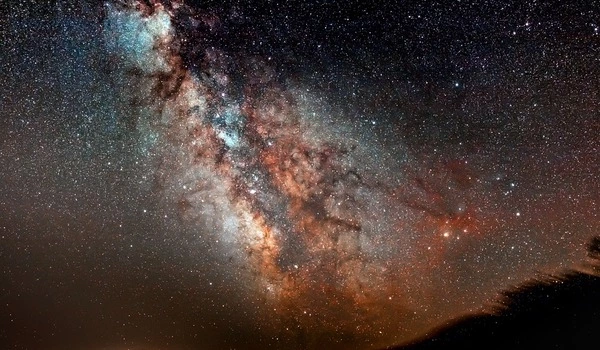Mapping the entire matter in the universe is an extremely challenging task and current technology is not advanced enough to accomplish it. However, scientists have made significant progress in mapping the large-scale structure of the universe and studying the distribution of matter on smaller scales. Scientists have made significant progress in mapping large-scale structures, but the universe is vast and much of it remains unobserved, making it difficult to produce a comprehensive map. The current best understanding of the distribution of matter in the universe comes from a combination of observations and simulations.
A group of scientists has published one of the most precise measurements of the matter distribution in the universe ever made. Sometimes you have to find out what the problem is before you can solve it. When the universe first began, the matter was flung outward, eventually forming the planets, stars, and galaxies we know and love today. Scientists can try to understand the forces that shaped the evolution of the universe by carefully assembling a map of that matter today.
A team of scientists, including several from the University of Chicago and the Fermi National Accelerator Laboratory, has published one of the most precise measurements of how matter is distributed in the universe today.
The analysis involved more than 150 researchers and was published as a set of three articles in Physical Review D. It combined data from two major telescope surveys of the universe, the Dark Energy Survey and the South Pole Telescope.
Among other things, the analysis shows that matter is not as “clumpy” as we would expect based on our current best model of the universe, which adds to a growing body of evidence that our current standard model of the universe is incomplete.
It appears that there are slightly fewer fluctuations in the current universe than we would predict assuming our standard cosmological model anchored to the early universe.
Eric Baxter
Cooling and clumps
After the Big Bang created all matter in the universe in a few very hot, intense moments about 13 billion years ago, this matter has spread outward, cooling and clumping as it goes. Scientists are very interested in tracing the path of this matter; by seeing where all of the matter ended up, they can try to recreate what happened and what forces had to be at work. The first step is to collect massive amounts of data using telescopes.
In this study, scientists combined data from two very different telescope surveys: the Dark Energy Survey, which surveyed the sky from a mountaintop in Chile for six years, and the South Pole Telescope, which searches for faint traces of radiation that are still traveling across the sky from the very beginning of the universe.
Combining two different methods of looking at the sky reduces the possibility that the results will be skewed due to an error in one of the measurement methods. “It acts as a cross-check, so it becomes a much more robust measurement than if you just used one or the other,” said Chihway Chang, an astrophysicist at the University of Chicago and one of the studies’ lead authors.

In both cases, the analysis looked at a phenomenon called gravitational lensing. As light travels across the universe, it can be slightly bent as it passes objects with lots of gravity, like galaxies. This method catches both regular matter and dark matter – the mysterious form of matter that we have only detected due to its effects on regular matter – because both regular and dark matter exert gravity.
The scientists were able to deduce where all the matter ended up in the universe by rigorously analyzing these two sets of data. It is more precise than previous measurements, which means it narrows down the possibilities for where this matter ended up, according to the authors. The majority of the findings are consistent with the best theory of the universe currently in use. However, there are signs of a crack, which has previously been suggested by other analyses.
“It appears that there are slightly fewer fluctuations in the current universe than we would predict assuming our standard cosmological model anchored to the early universe,” study coauthor and University of Hawaii astrophysicist Eric Baxter (UChicago PhD’14) said.
That is, if you create a model that incorporates all currently accepted physical laws, then extrapolate readings from the beginning of the universe forward through time, the results will look slightly different from what we actually measure around us today.
Today’s readings reveal that the universe is less “clumpy” – clustering in specific areas rather than being evenly distributed – than the model predicted. If other studies produce the same results, scientists believe it indicates that something is missing from our current model of the universe, but the results are not yet at the statistical level that scientists consider to be ironclad. That will necessitate additional research.
The analysis, however, is significant because it derived useful information from two very different telescope surveys. As more large telescopes come online in the coming decades, this is a much-anticipated strategy for the future of astrophysics, but few have actually been carried out.
“I believe this exercise demonstrated both the challenges and benefits of conducting these types of analyses,” Chang said. “When you combine these different ways of looking at the universe, you can do a lot of new things.”





